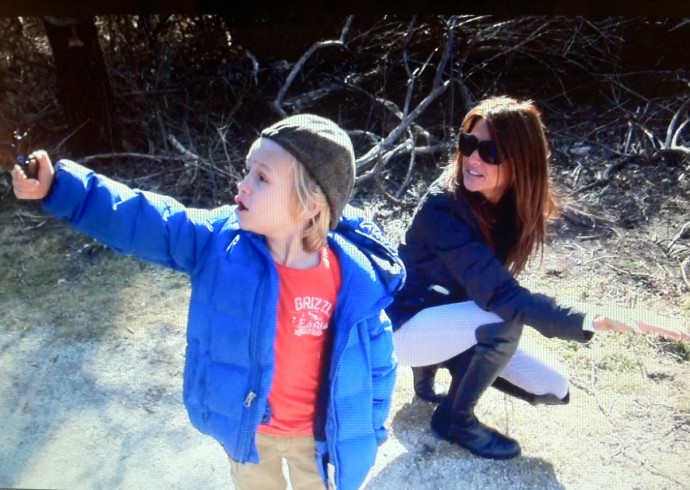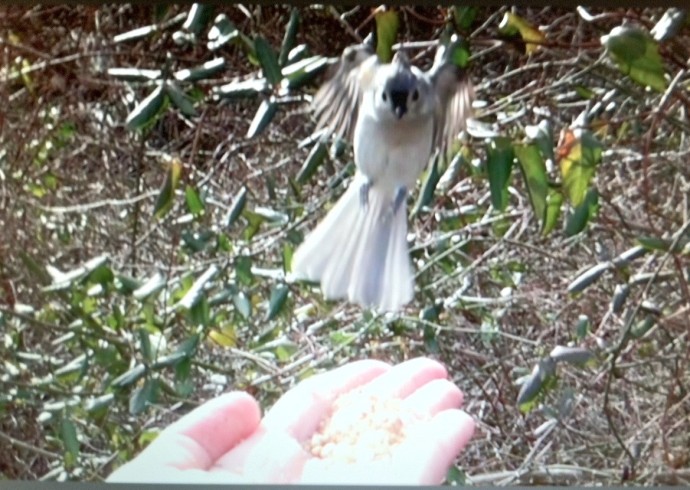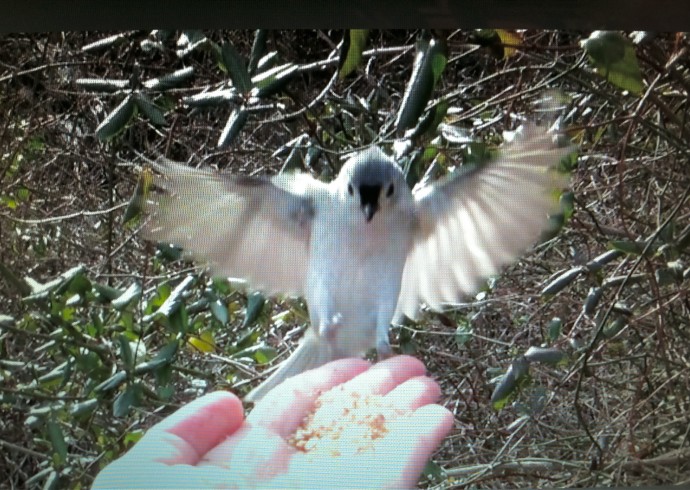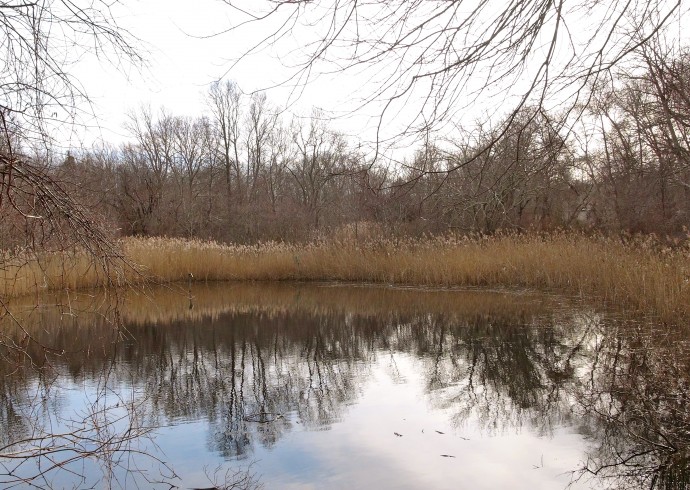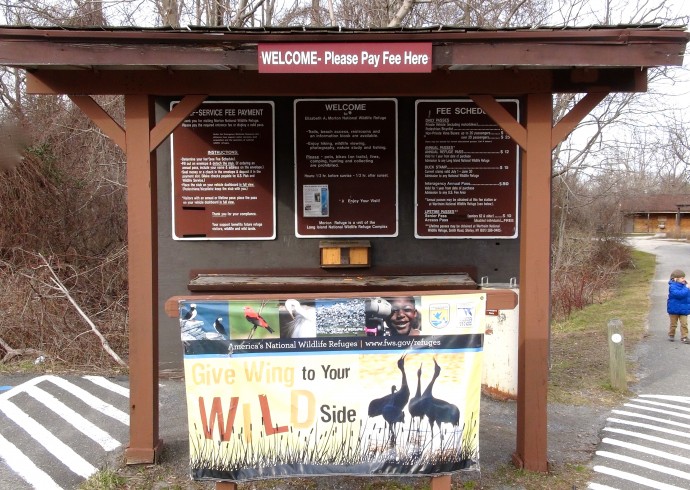Wild Birds Feed From Your Hand At The Elizabeth Morton Wildlife Refuge In Sag Harbor: Check Out My Amazing Video & Photo Diary!
[kdhVimeo]35852345[/kdhVimeo]
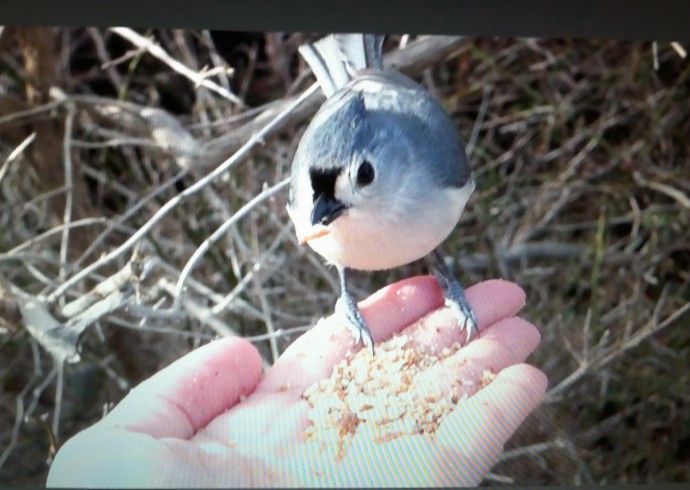
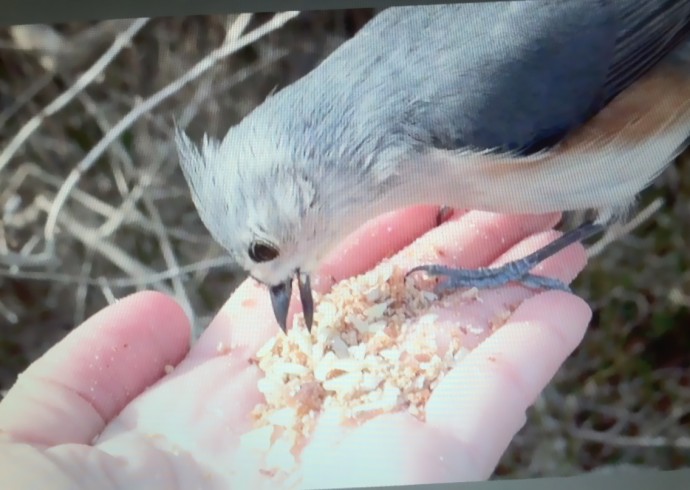
KDH loves to walk the trails at the Elizabeth A. Morton National Wildlife Refuge in Sag Harbor not only because the trees, wildlife, and beach are so amazing, but also because you can feed the prettiest little birds who will perch on your finger and snack on treats from the palm of your hand [play my video above to see!!]. KDH and my girlfriend Caroline Fox took her sons Cole and Hudson for some bird feeding at the Refuge recently. Check out our KDH Video & Photo Diary from the fun day….
Established December 27, 1954, through a donation by the Morton family, the 187-acre Elizabeth A. Morton National Wildlife Refuge boasts exceptionally diverse habitats including: bay beach, a brackish pond, a freshwater pond, kettle holes, tidal flats, saltmarsh, freshwater marsh, shrub, grasslands, maritime oak forest, and red cedar. The refuge’s diversity is not only critical to Long Island wildlife, but its picturesque quality is nothing short of an advertisement in a travel mag!
Much of the refuge is situated on a peninsula surrounded by Noyack and Little Peconic Bays. The north/south orientation of the peninsula makes the refuge important habitat for shorebirds, raptors and songbirds as they navigate the coastline during migration.
[Habitats along the beach attract many species including: nesting piping plovers, roseate terns, least terns, common terns, and shorebirds. The waters surrounding the refuge are considered critical habitat for juvenile Kemp’s Ridley sea turtles and are occasionally used by loggerhead sea turtles. Waterfowl use of the refuge peaks during the colder months. Long-tailed ducks, white winged scoter, goldeneye and black ducks will most likely be spotted during winter].
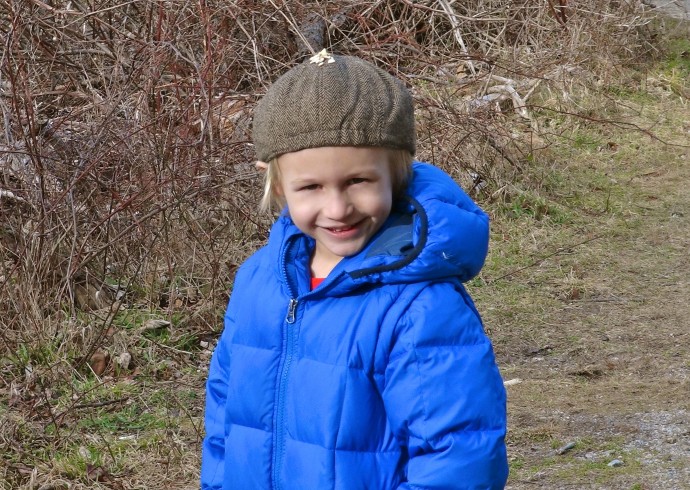
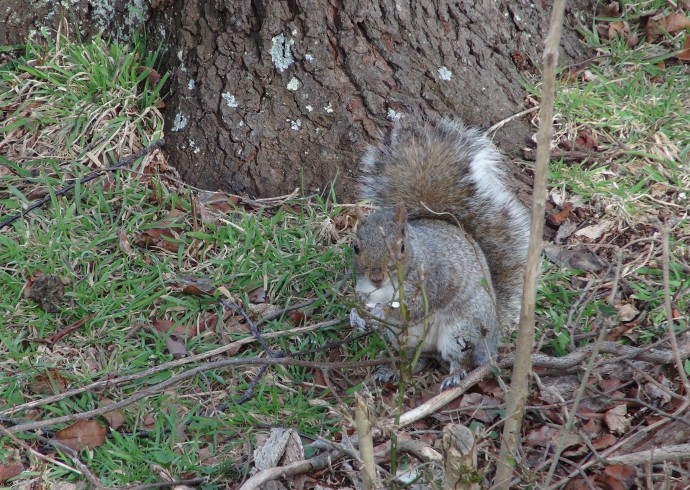
Of the 13 principle tribes on Long Island, the Montauks and Shinnekocks once occupied what is now the Morton Refuge. In 1640, John Farrington and John Jessup, settlers from Massachusetts, founded the colony of South Hampton. In 1679, John Jessup took ownership of the Refuge’s peninsula known today as “Jessups Neck”. Some say you can feel Jessup’s spirit to this day, as his daughter, Abigail, died and was buried there in 1724. [pssst! I have not seen her spirit yet…]
Over the years, ownership of the land passed through two families. In 1954, Elizabeth A. Morton donated her family’s land to the U.S. Fish and Wildlife Service who designated it as a national wildlife refuge because of its value to migratory birds
Location: 784 Noyack Road, Sag Harbor; 631.286.0485
*click for website: http://www.fws.gov/refuges/profiles/index.cfm?id=52566 for more information. Facts above courtesy of Elizabeth A. Morton National Wildlife Refuge.
